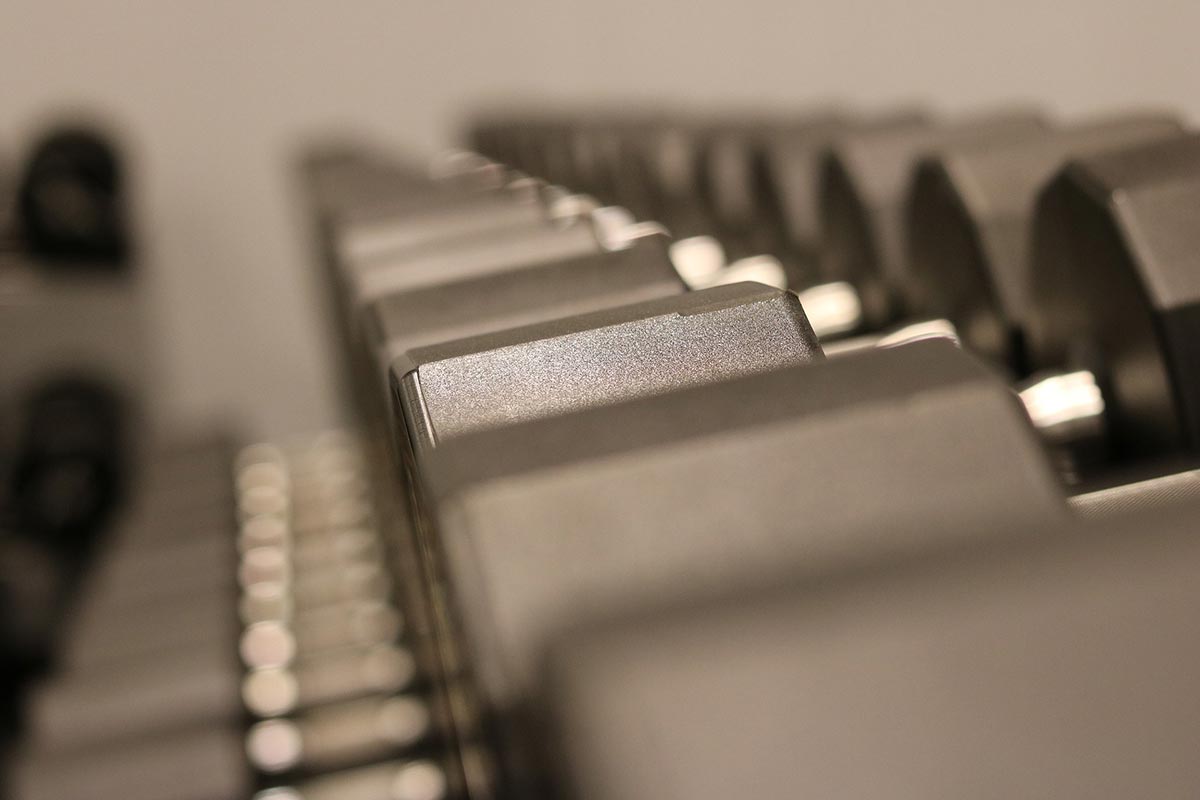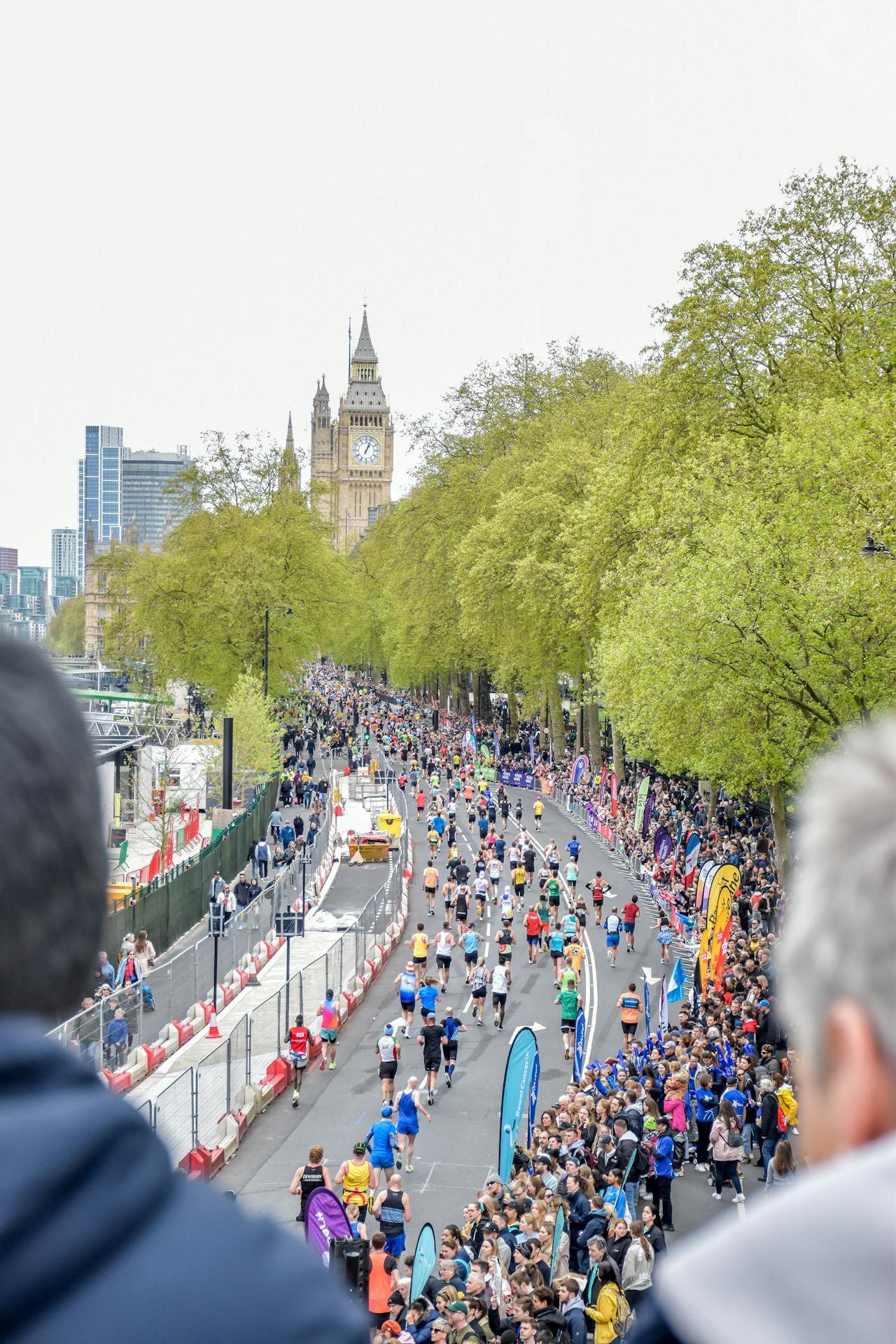There is a lot of misinformation when it comes to fitness and working out. Not having the right information can lead to serious health problems and can make it even harder for people to achieve a healthy lifestyle through exercise. This guide explores a few of the most common myths surrounding fitness today and attempts to explain their corresponding truths to help readers make informed decisions when it comes to their health and fitness.
You Can See How Many Calories You Are Burning By Looking At Your Cardio Machine
Although many people look to their treadmill's calorie count to judge how well they are doing, it is actually not possible to get a completely accurate reading this way. There are many factors the machine does not consider that are important when figuring out how many calories someone is burning during a workout. Some of these factors include age, gender, weight, and body fat percentage. For example, a male with an 18% body fat composition is going to burn calories differently than a female with a 29% body fat composition.
You Want To Look Like The People In Those "After" Photos
Diet programs, pills, and workout routines have all used the marketing technique involving those notorious before and after pictures of people's physical transformations after using the marketed product. Many personal trainers and advisors are speaking out against using these photos and calling for an end to the sleazy practice.
Personal trainer Andrew Dixon said in a recent Huffington Post article that these transformational photos are "selling false or exaggerated promises of what 90 days, etc., of their program can achieve. Long-lasting results take years of consistency, hard work and dedication. Results that happen quickly are often temporary, and this is another factor that needs to be taken into account when looking at these transformations."
Dixon took things even further when he performed an experiment that intended to undermine the very credibility of these pictures. He created his own set of before and after transformation pictures. The photography session resulted in the before picture showing a boxer-clad bloated man with a full beard, while the after picture showed the same man with a six pack, clean shaven and taller. Dixon says all he did was shave his head, do a workout, stand up straight, and change the room lighting to make the photos appear entirely different. The final blow is delivered when Dixon admits the photos were taken within an hour of each other.
Energy Drinks Are The Best Way To Stay Hydrated
Energy drinks are so popular during workouts that most american gyms even have vending machines at the door, consistently stocked with them. While they may provide hydration at the gym, the best way to stay hydrated is with water. Energy drinks can serve their purpose, but they are not necessarily the best way to hydrate. Water is often ideal.
This is especially true for low-intensity workouts or trips to the gym that only include a short cardio routine. Energy drinks are often used to replenish the glucose (sugar) being used up by the muscles and the extra work they are doing during a high intensity training. This can be helpful when your workouts require a lot of energy and endurance, but for short or low-key workouts, water will work just as well.
Pain During a Workout Means You're Doing It Right
It may be reassuring to tell yourself that all that pain you felt during your workout is going to pay off in the long term. But experts say it is actually unhealthy to push yourself to the point of pain during a workout at the gym. This idea is so persistent within popular culture, the popular hit TV show Mythbusters even dedicated an entire segment to debunking it. Pushing yourself past your comfort zone is okay and a great way to improve your physical tolerance and endurance. But pain should not be a part of that process.
Prevent A Pulled Muscle By Stretching Before A Workout
Stretching prevents injuries: You might remember your gym teachers always telling you and your peers to stretch before any physical activity. Unfortunately, there has been no real evidence supporting this claim. Experts are now attempting to get the word out about the complete lack of research that supports the idea that stretching before a workout will prevent injuries or soreness.
The Soreness You Feel After Working Out Is Caused By A Buildup Of Lactic Acid In Your Muscles
Delayed onset muscle soreness, or DOMS, is the official term used to describe that common, post-workout soreness we feel in our muscles the day after a particularly intense trip to the gym. Most people think it is caused by the buildup of lactic acid within our muscles during exercise. The real reason for this soreness, however, is that it is a result of the very tiny tears our muscles undergo during the exercise process. Dr. Parr, a doctor advising Lifehacker on the subject told the publication, "It turns out that strenuous exercise leads to microscopic tears in the muscle, which leads to inflammation and soreness." Don't worry; the doctor goes on to describe this as a normal part of the process. "This sounds bad, but the muscle damage is an important step in the muscle getting bigger and stronger."
People At The Gym Are Stuffy And Judgmental
Sometimes people struggle to find the motivation to go to the gym or join and get a full membership. One of the most popular reasons is nervousness about how others will see them if they are not in perfect shape, or if they are not dressed properly. But the truth is, everyone at the gym started somewhere, and many started exactly where you are now. Not only will you rarely be judged for not being in shape, you will also find that most people at the gym will be perfectly open to answering questions, offering advice, or showing you how to use a machine.
Fitness myths can often disrupt progress and lead to unnecessary stress. By understanding the truths behind these common misconceptions, you can focus on making real progress and achieving a sustainable, healthy lifestyle. Stay informed and keep pushing towards your fitness goals!
This article is editorial in nature and does not constitute medical advice. Always consult a physician for any health-related concerns, whether psychological or physical.













